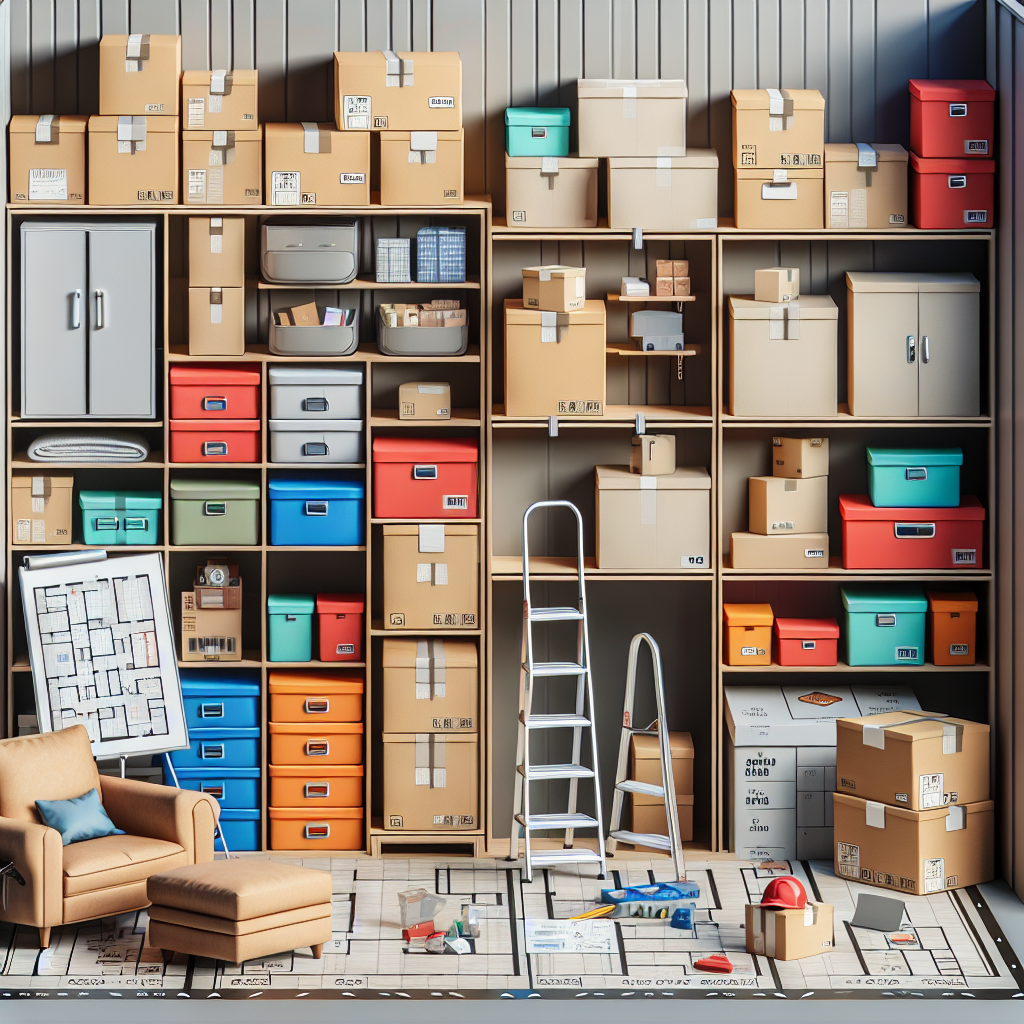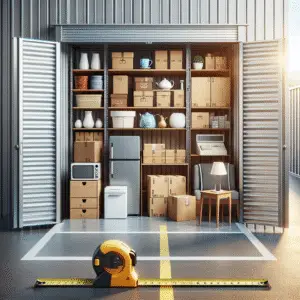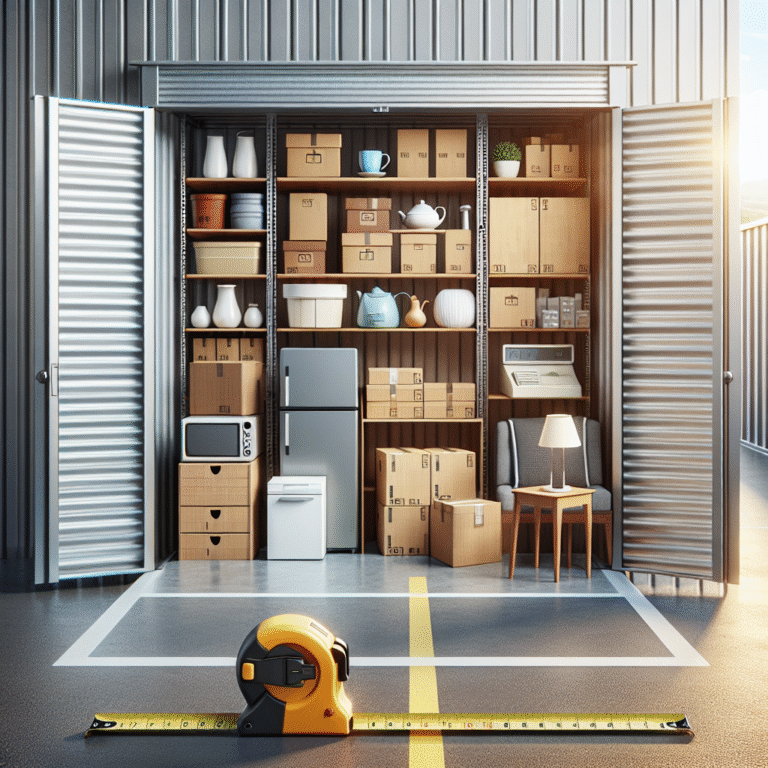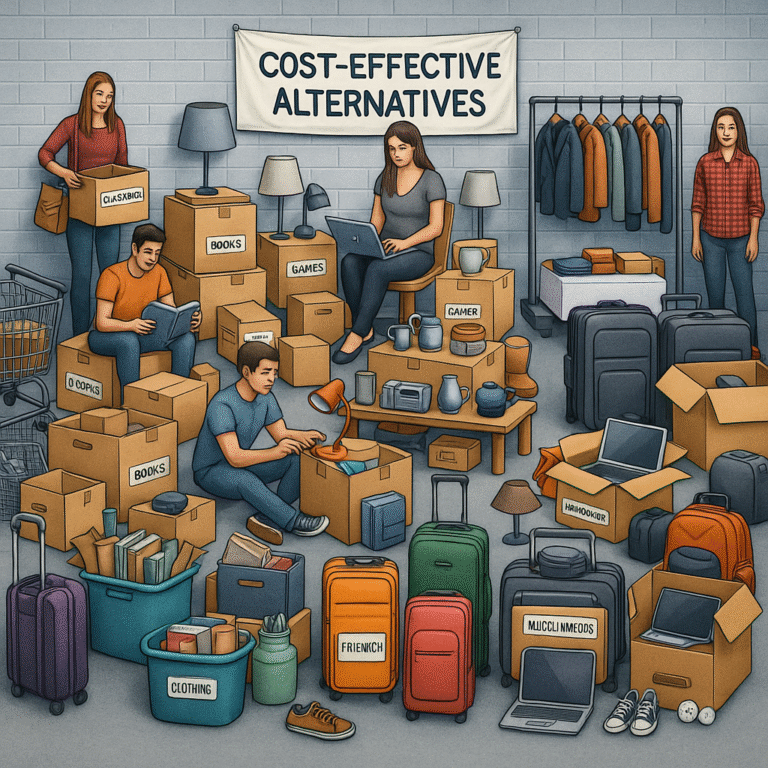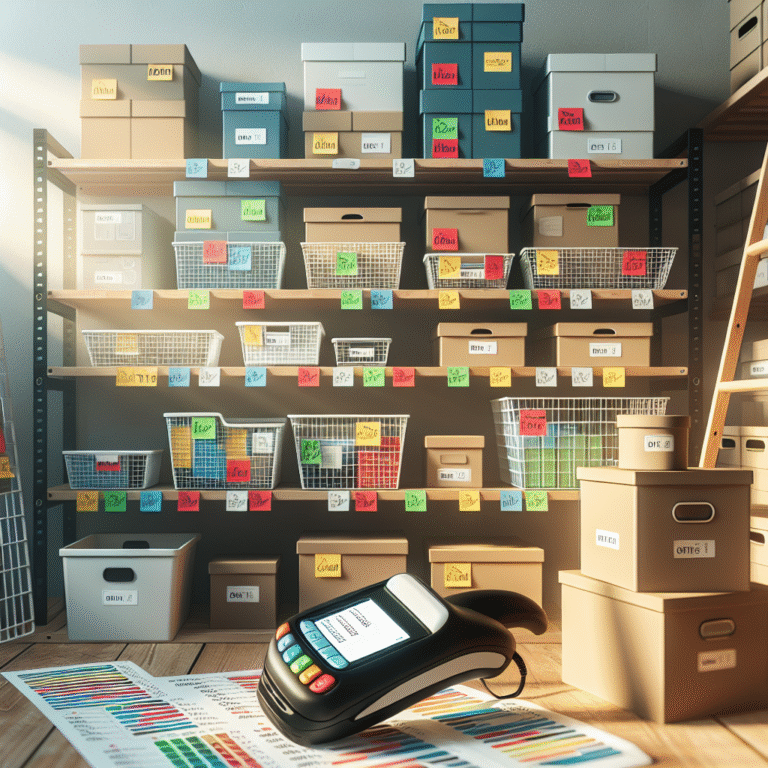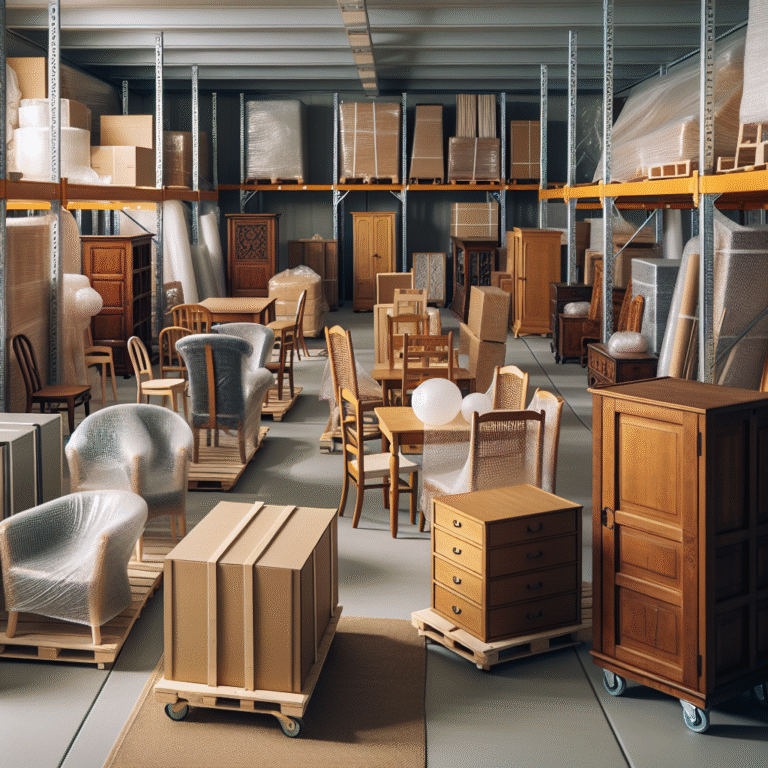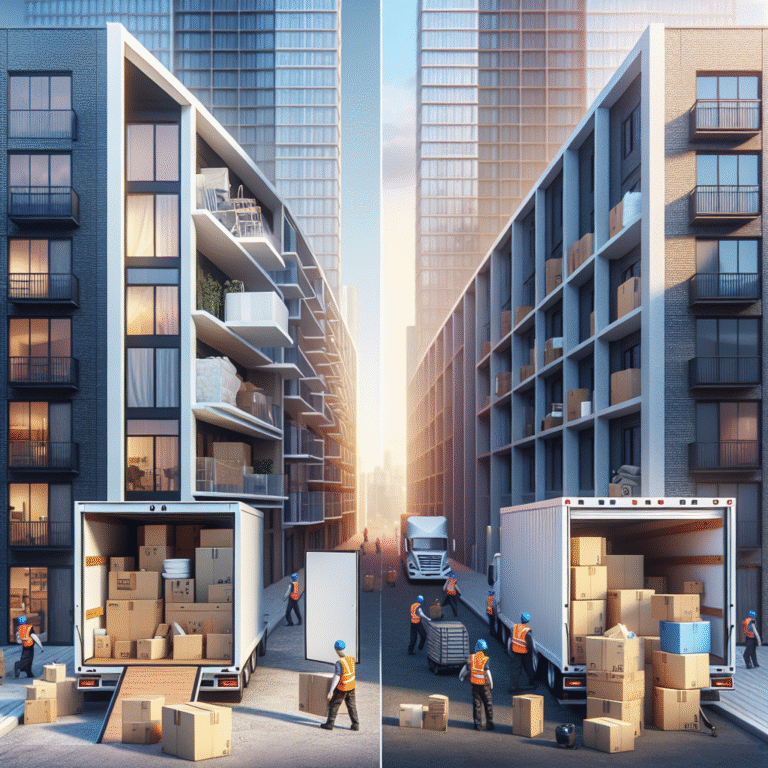Space-Saving Tips: Maximizing Your Storage Unit During Moves
Moving is stressful enough—don’t let a cluttered, overflowing storage unit add to the chaos. When space becomes a precious commodity, especially during transitional periods like a move, every square inch counts. Whether you’re downsizing, chasing your dream job across the country, or renovating your current home, strategic storage can save you time, money, and sanity.
Choosing the Right Storage Unit
Not all storage units are created equal, and selecting the wrong type can waste space or worse, damage your belongings. Climate-controlled units are ideal for sensitive items like electronics, documents, and antique furniture, shielding them from humidity and temperature fluctuations. Drive-up units offer convenience but are better for shorter-term storage or weather-resistant items.
Picking the right size is just as important. A unit that’s too big eats into your budget, while one that’s too small leads to cramming and disorganization. Use online sizing calculators or consult with the facility manager to determine the square footage based on your inventory.
Estimation matters. Don’t just eyeball your pile of boxes and assume it’ll fit. A rule of thumb: for a one-bedroom apartment, a 5×10 or 5×15 unit usually suffices. For a full house, consider at least a 10×20 unit.
Planning & Preparation
The secret to space-saving starts long before the move. Take inventory of everything you’re storing. List your items room by room and decide what’s essential, what can be sold, and what can be donated. This not only helps with space planning but also reduces moving stress.
Label every box—clearly and systematically. Consider color coding or numbering by room or item type. Trust us, “kitchen stuff” isn’t going to help you find your coffee maker three months from now.
Gather your materials ahead of time. Uniform boxes, clear plastic bins, durable shelving, bubble wrap, and padding materials are essential. Having the right tools ensures a smoother, more space-efficient packing process.
Smart Packing Strategies
Uniform-sized boxes are your best friend. They may seem dull, but they stack like a dream. Whether using small or medium sizes, consistency allows for better stability and makes use of vertical space.
Fully pack each box—half-filled boxes mean wasted cubic footage and instability when stacked. Fill gaps with packing paper, towels, or soft clothing to keep items secure and boxes rigid.
Bulky furniture? Disassemble it. Take apart bed frames, remove table legs, and break down bookshelves. Bag the hardware and tape it to its corresponding item so reassembly is a breeze.
Get clever with nesting. Smaller items can go inside larger ones—store kitchen utensils in pots, or tuck shoes into suitcase compartments. It’s like playing a real-life game of Tetris, but one that saves you money.
Vertical Space Utilization
Space isn’t just horizontal—look up! Start by placing heavier boxes at the bottom to form a stable base. Then work your way up with lighter boxes to avoid crushing delicate items.
Invest in freestanding shelving if your unit allows it. Vertical shelves increase your space dramatically without creating instability. They’re especially helpful for storing smaller bins or oddly shaped objects that don’t stack well.
Want next-level organization? Use hooks or garment racks for hanging items, especially if the facility has high ceilings. Hanging clothes avoids wrinkles and saves you from rummaging through crammed boxes.
Creating Aisles and Access
One of the biggest storage mistakes is burying what you think you won’t need. Then, weeks later, you’re unpacking half the unit just to rescue a lost charger or seasonal jacket. Avoid this chaos by planning for accessibility.
Always leave a narrow central aisle, even if it feels like a sacrifice. The ability to walk into your unit and reach each section is worth more than a few extra inches of stacked boxes.
Store frequently used items near the entrance. Think holiday decorations, sports gear, baby clothes for the next child, or tax forms. Anything you’ll need access to should be placed within arm’s reach.
Specialized Storage Tips
Fragile items like glassware, artwork, and vintage electronics demand extra care. Wrap them in layers of bubble wrap or use specialized containers designed to absorb shock and prevent shifting.
Think about long-term exposure. Climate-controlled settings protect against mold, warping, and battery damage for things like photographs, laptops, and musical instruments. As The New York Times notes, “Proper climate control can preserve items decades longer, especially if they’re made of wood, leather, or fabric.”
Rotate seasonal items as needed. When winter hits, swap out the patio furniture and summer wardrobe. Active management of your unit keeps the space working for you, rather than as a junk graveyard.
Tools and Accessories That Help
Visibility equals efficiency. Clear plastic bins allow you to see the contents at a glance without opening every container. This not only helps with organization—it saves time and keeps your packing system intact.
Vacuum seal bags are a game-changer for compressing clothing, linens, and bulkier fabric items. These shrink storage needs dramatically and keep out moisture and pests.
Need to rearrange mid-move? Keep furniture sliders, hand trucks, or small dollies available. These tools reduce strain on your body and allow for safer reorganization at any point during your lease.
Mistakes to Avoid
Don’t overpack. Jamming too much into a small unit can lead to crushed boxes, warped furniture, and broken valuables. Leave a small margin for ventilation and future access.
Label clearly. A storage unit without a good labeling system is like a library with no catalog. You’ll waste hours resurfacing that one birthday box you need right now.
Think long-term. Items deteriorate if not packed correctly or if stored in the wrong conditions. Assume you may need the unit longer than planned—future-you will thank you for packing smart upfront.
When to Reassess Your Storage Strategy
Your storage needs today may not fit tomorrow’s lifestyle. If access has become an Olympic sport or you can’t find anything, it’s probably time to reassess your unit size.
Maintain your organization monthly. Set a calendar reminder once every quarter to tidy up, rotate items, or dispose of what’s no longer useful.
Decluttering can be liberating. If it’s been a year since you’ve used something, consider donating it. The more intentional you are, the more optimized your space becomes.
Conclusion
Properly maximizing a storage unit doesn’t just save space—it saves money, prevents stress, and streamlines your move. With strategic planning, smart packing, and regular reassessment, your unit can become more than just a pile of boxes—it can be an extension of your home.
Stay organized, stay intentional, and treat your storage unit as a living space in transition, not a dumping ground. Pack efficiently today for peace of mind and a smoother tomorrow.

